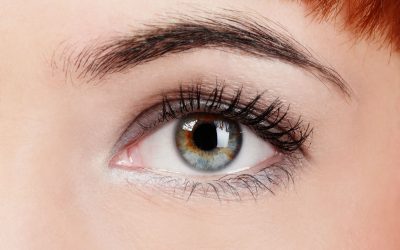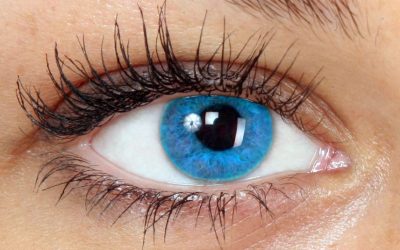If you are considering undergoing Cataract Surgery in Green Bay WI you are not alone. Just a few years ago, the number of individuals in the United States suffering from cataracts, was more than 20 million. Worldwide, cataracts are the primary cause of blindness. Just what are cataracts, what are the symptoms, and how are they treated? Continue reading to learn more.
What are Cataracts?
Cataracts may be congenital (at birth) or a result of the normal aging process. Age-related forms of cataracts account for the majority of cases, but in either case, the results are the same. In a healthy eye, the lens is clear and occupies the space between the pupil and iris. Its function is to direct light to the retina where it’s converted to electrical signals which are deciphered by the brain to produce images. As people age, the lens may become clouded or opaque, inhibiting the passage of light.
Symptoms of Cataracts
Patients often describe having cataracts as trying to look through a haze or fog. The vision is blurred and the worse the clouding, the more impaired the vision will be. Visit our clinic if it becomes difficult to drive – especially at night, you have problems distinguishing people’s faces, trouble reading or seeing a computer screen, or watching television.
Diagnosis of Cataracts
To confirm cataracts, an eye specialist will conduct a series of tests. A visual acuity test involving reading the traditional charts of letters may be performed. An in-depth inspection of the cornea, lens, and iris may be conducted using a specialized microscope. The pupils may also be dilated to afford a better view of the back of the eye.
Cataract Surgery
Cataract Surgery in Green Bay WI may be recommended for a diagnosis of cataracts. Cataract surgery removes the clouded lens and replaces it with a new artificial one. Depending on the individual either a monofocal or multifocal lens is used. Monofocal lenses offer a fixed level of vision to accommodate distance. Multifocal lenses provide two or more levels of strength to accommodate distant and near vision. The entire operation lasts less than an hour with only one eye will be done at a time.
While age is the highest risk factor for cataracts many experts also believe that other contributing factors may include diabetes, years of exposure to sunlight due to working outdoors, and previous eye injuries or infections.








